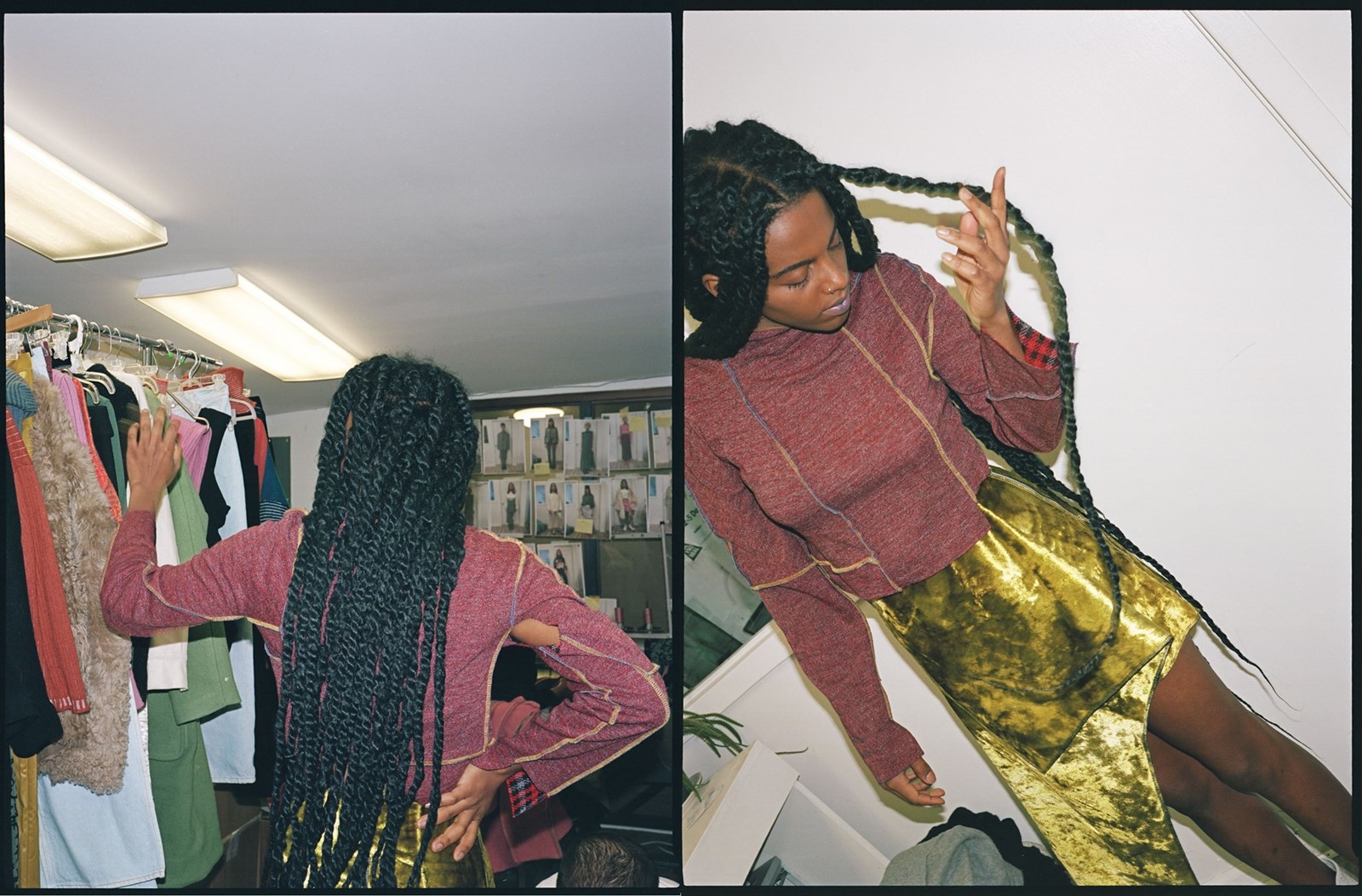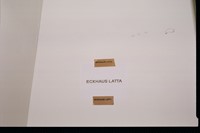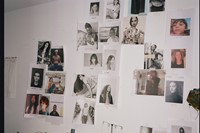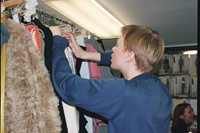Speaking with Mike Eckhaus and Zoe Latta the week before their show is a slightly bizarre exercise; when I ask them to discuss their inspirations, or the themes that have informed their A/W16 collection, they explain that they don’t really have any. “We don’t have an elevator pitch for you because I feel like we’ve never approached our collections with traditional ideas of concept or inspiration,” says Eckhaus, “but they become representations of what we’re experiencing at the moment, what we’re feeling.” He continues to describe his and Latta’s conversations around the role of weight in clothing, and the objectification of the pieces themselves – but the rest seems slightly TBC. “If you’re an artist in gallery show, then you have time to look at your work all together and tweak it. It’s different in fashion and it’s funny for us because, when we get the hair and make-up done and get all the models dressed and in line, it’s the first time where we actually feel like we see what we’re doing, see what we’ve made. It’s not until after the show that we’ve really seen the full collection and sometimes it’s not even until a few months later that things start to connect.”
This intuitive and relaxed approach to design is utterly at odds with the current state of the fashion system, where each morning a different brand seems to be announcing plans to offer runway looks for retail immediately following their show. Not only does this consumer-facing approach destroy a bit of the magic hopefully intrinsic to the industry, but it also means that there is no period for anyone – let alone the designers – to consider a collection after the fact, or to alter pieces before they go into production. It’s a fairly robotic way to approach an arena supposedly built on creativity rather than commerce – and, as Latta says, “these big fashion houses have almost become fortresses,” their practice and methods completely inalienable to the younger designers following in their footsteps. If you don’t have your own stand-alone stores or e-commerce sites, you need to wait for buyers to place orders and pay deposits: creating a bulk amount of garments and fronting the cost for production isn’t an option.
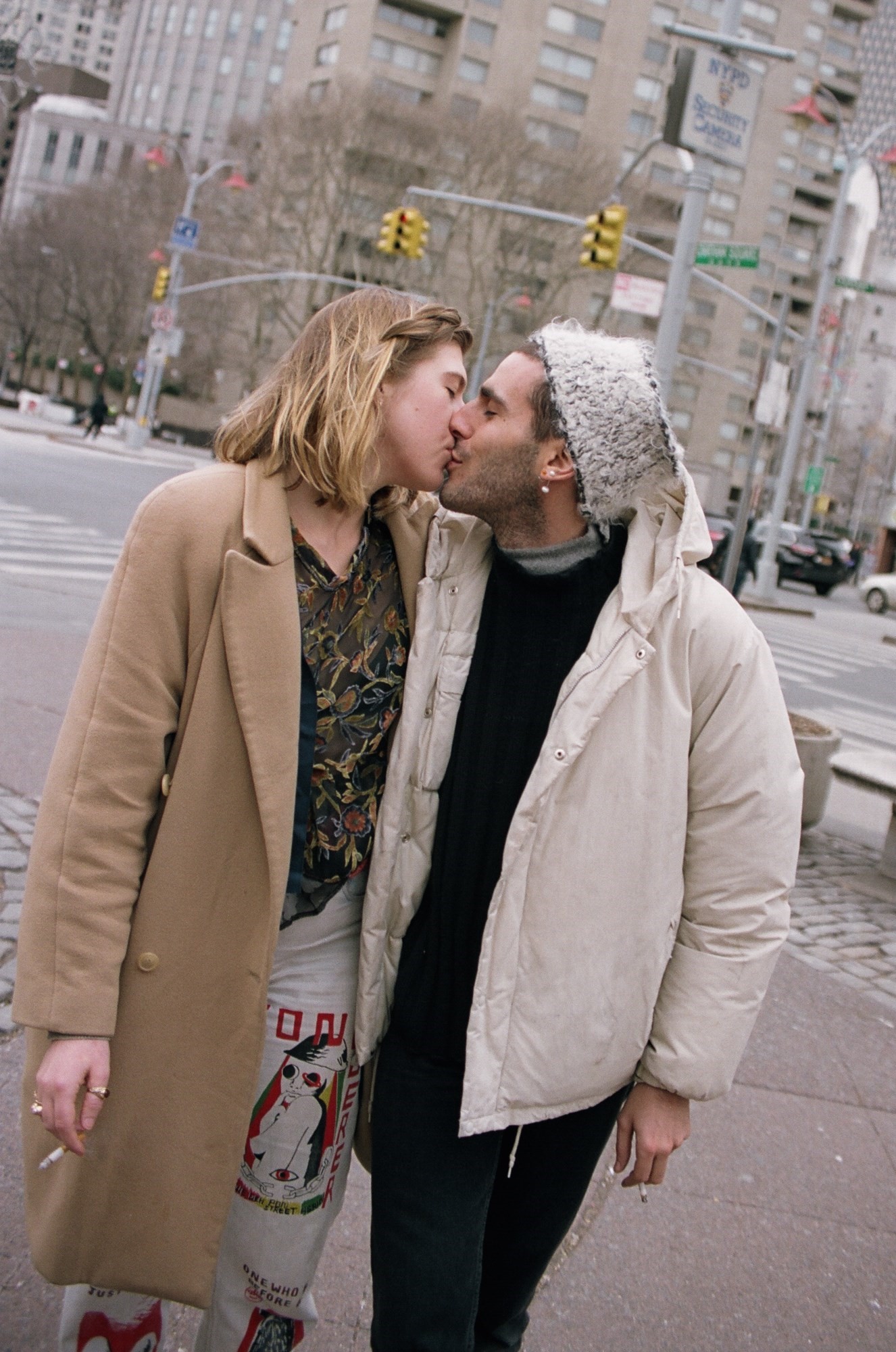
For two designers who have come from a distinctly artistic background (Eckhaus and Latta met at Rhode Island School of Design, attracted to each other by their mutual intensity), commerce posturing as creativity is a familiar phenomenon – it’s the same as that which occurs within the art market, where they explain that “the artifice is just as strong, if not a thicker and more opaque shield.” But, while they’re often categorised as an artsy duo, they resist labelling the brand’s activities as belonging to one camp or the other – “it’s secularisation” says Latta, which is perhaps precisely what you’d expect from a pair resolutely dismissive of labelling. However, rather than condemning the worlds they inhabit, Latta explains that “I think it all being problematic is quite fantastic, because that artifice is actually an incredibly fertile ground.”
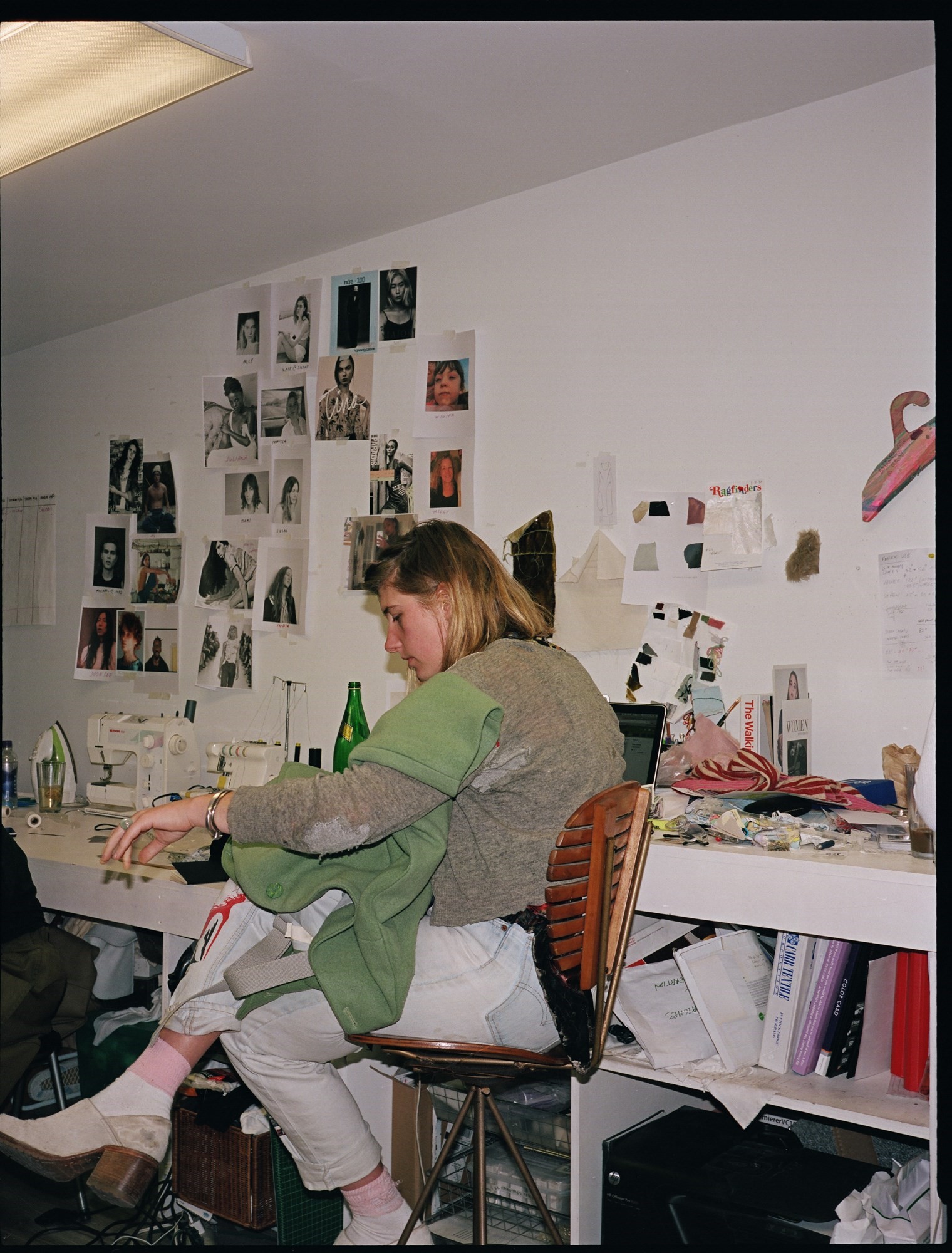
Their subversion of inauthenticity is something determinedly present in their most recent campaign of sorts, a video with director Alexa Karolinski that plays on the perpetually positive tropes of advertising – and, in a more long-term sense, it has been key to their success. The brand has partially risen to prominence by eschewing traditional methods of casting, choosing instead to select their models from friends and members of their local artistic community and thus leading the way in fashion’s new move towards diversity. “To play with the cast is a really exciting way for us to question things” explains Eckhaus, “although it is still a completely generated reality that we are putting together,” continues Latta. Whether it's employing Hari Nef as a casting director, or Alexandra Marzella, Dev Hynes or Juliana Huxtable to walk in their shows, their approach is less about a establishing a “white six-foot blonde blue eyed woman” as an archetype of beauty and more about creating a familial gang. It might be trending to blur gender binaries and street-cast your runway, but Eckhaus Latta come from a place that isn’t about making fashion news headlines; there is a tangible honesty and enthusiastic positivity to their work that is disarmingly refreshing – and perhaps where their quickfire success has stemmed from.
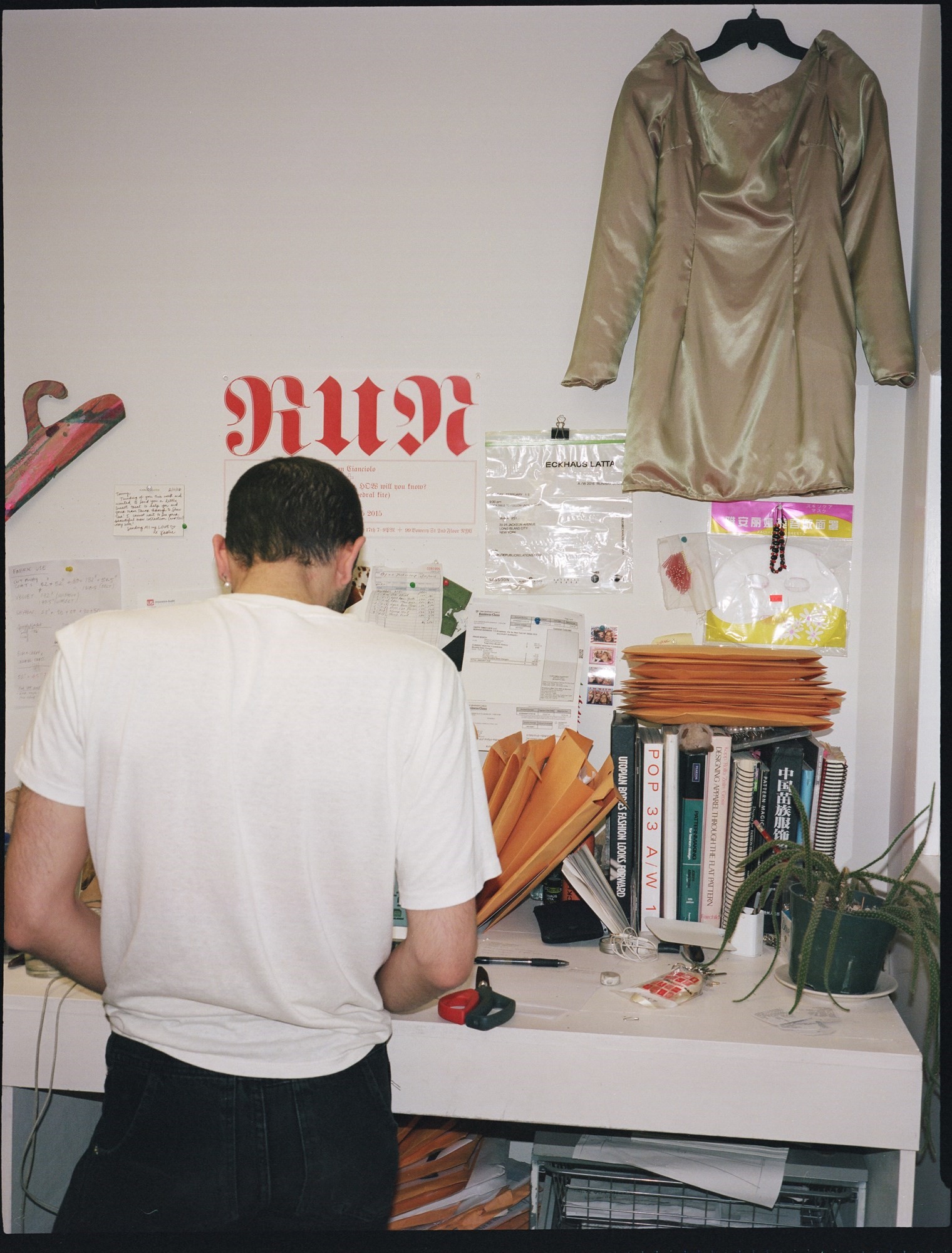
That’s not to say that the garments themselves are an afterthought; Eckhaus studied sculpture at RISD and Latta studied textiles, and the pairing of his understanding of dimensionality with her’s of patterns and surfaces is one which results in, actually, great clothes: great clothes that are selling out. Their ability to create pieces that are simultaneously sexy and androgynous, precisely-formed and yet determinedly casual is remarkably impressive – and one that speaks to a new generation of consumers loathe to buy into a polished aesthetic, preferring pieces that appear distinctly wearable and without the ostentatious glamour of so many labels. “It’s not about traditional ideas about luxury which I feel feeds a lot of fashion," says Eckhaus, Latta continuing to explain that "starting the brand was because we felt like we wanted to say things, and clothing was the medium for how we wanted to express our ideas. It’s cool to see that other people are interested and that this can become our vehicle for all the amazing conversations and individuals that have come from day one, up until this moment.”
